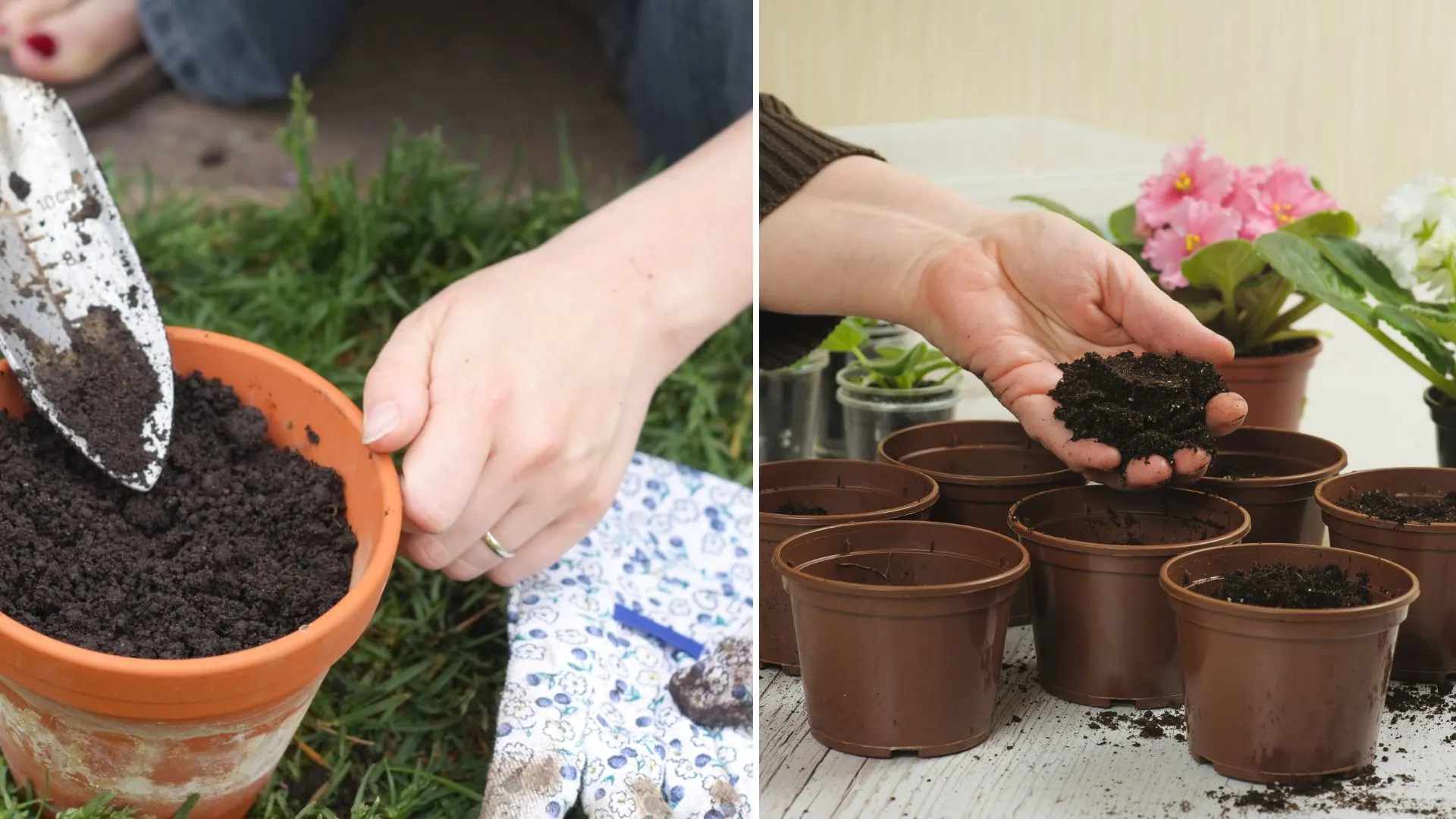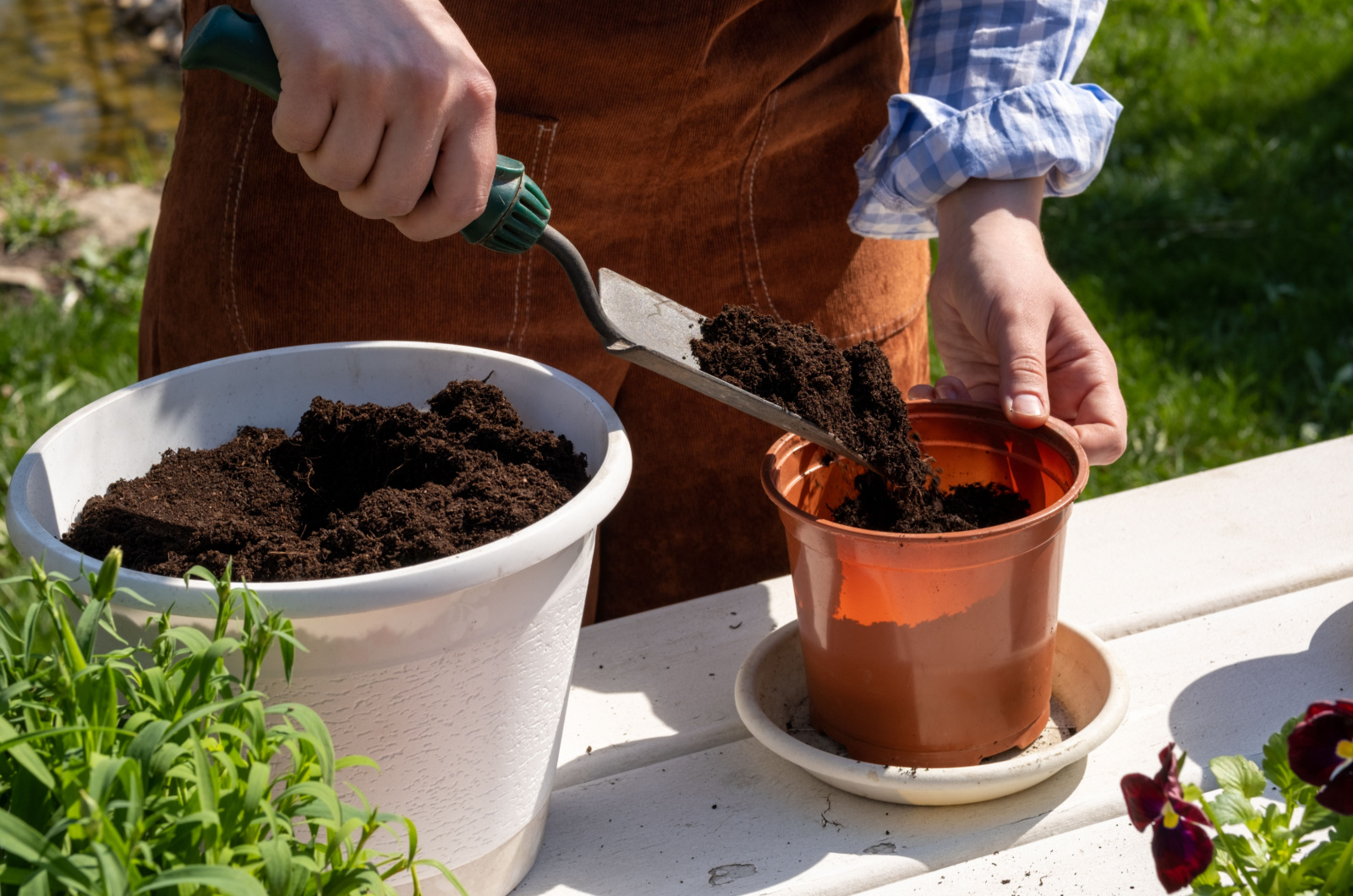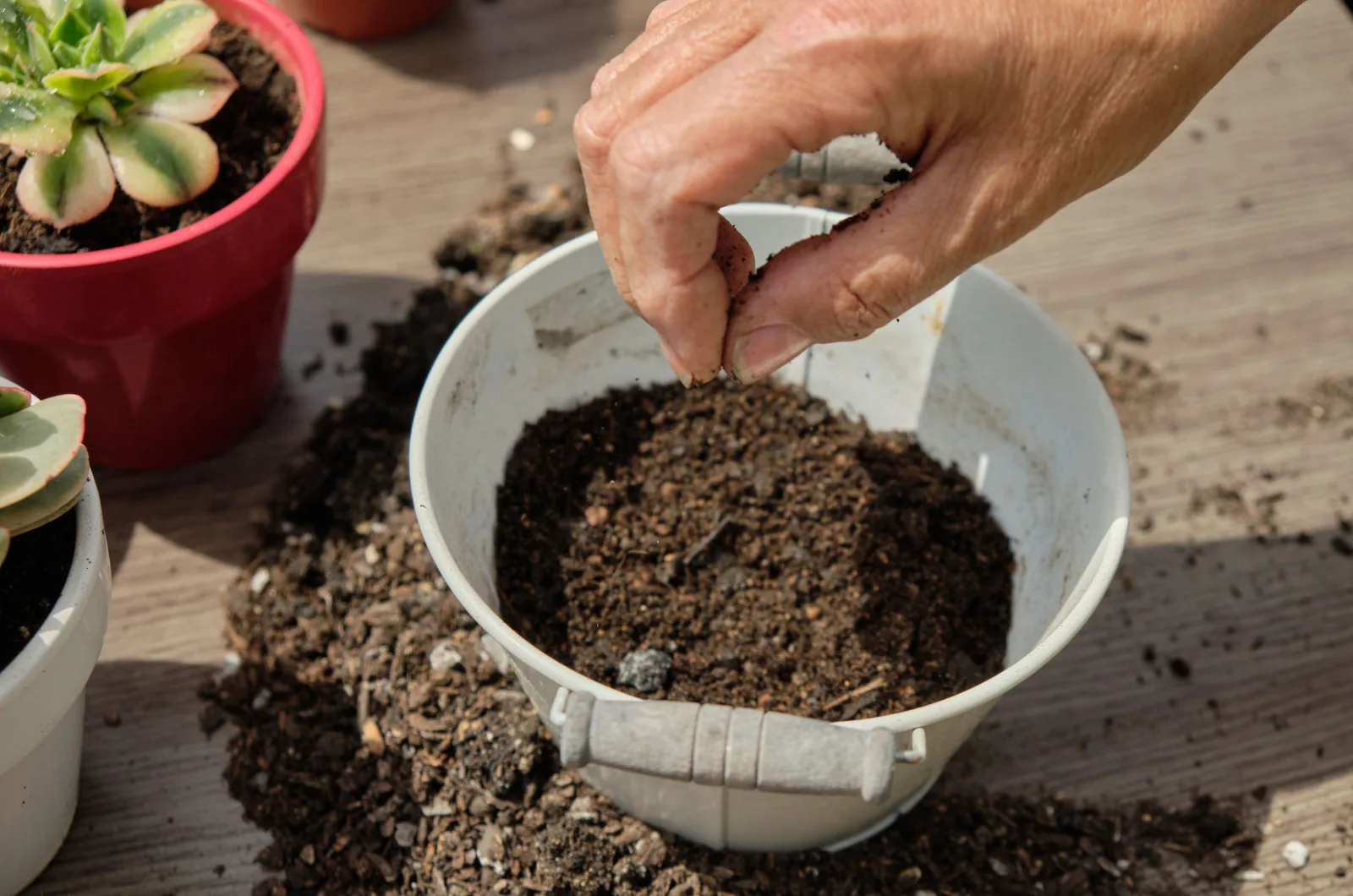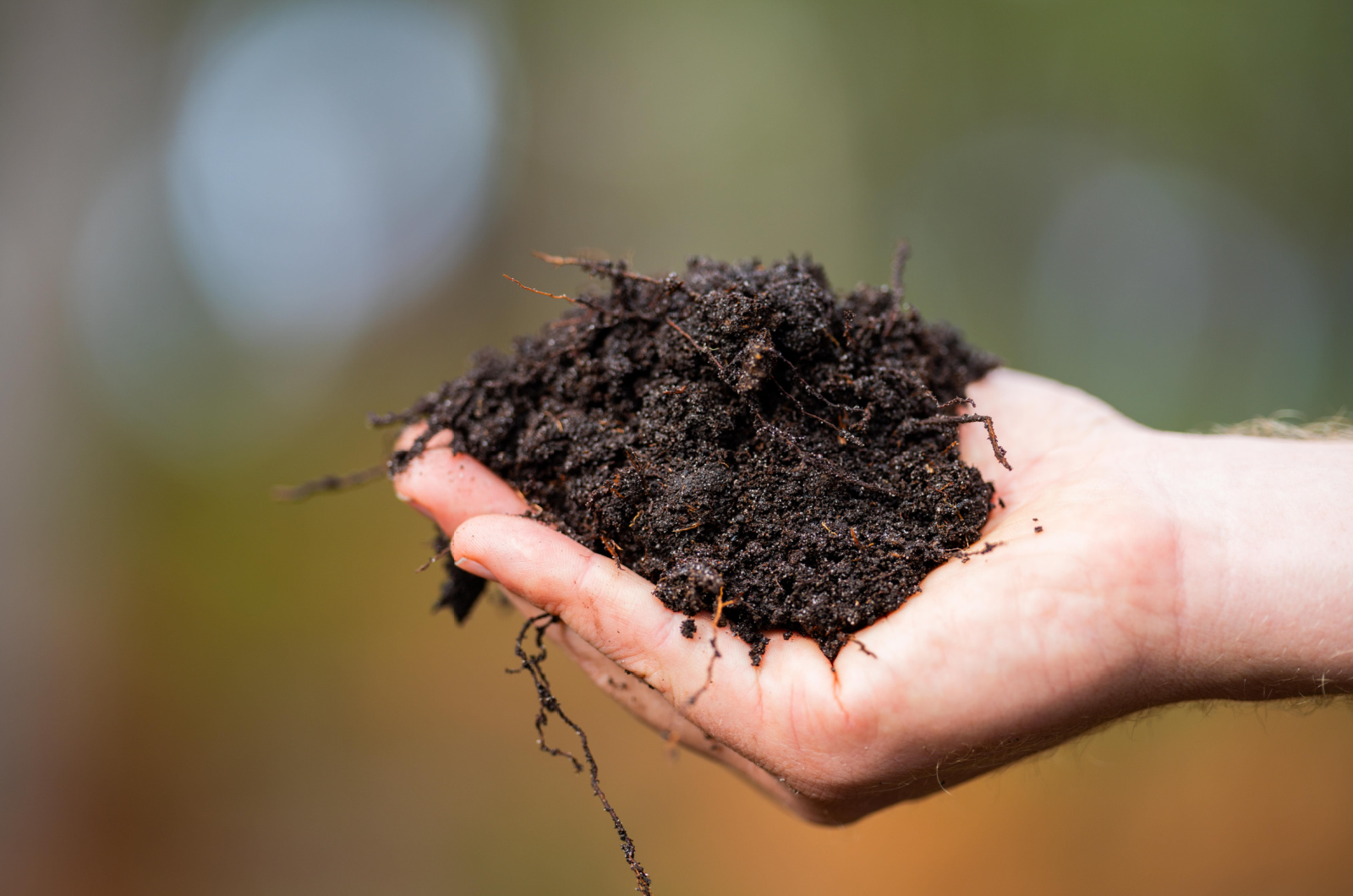How many times have you heard the phrase “Don’t throw away, find ways to reuse”? If you use social media you may see numerous hacks on reusing old things, especially in the world of gardening. Well, it saves money, the planet, and time!
Gardeners spend a lot of money on potting soil every year and it breaks my heart to see how much they discard once the growing season is over. That’s why I decided to show you how to reuse and revitalize old potting soil.
I’ll also tell you more about the risks of reusing old growing mediums because I’m sure you’re wondering why everyone doesn’t just do it in the first place.
Let’s get started!
What Are The Risks Of Reusing Old Potting Soil?
A lot of gardeners will advise you not to use old potting soil. There are some risks you should be aware of so let’s start with describing them first.
Transmitting Diseases And Pathogens
The biggest problem with old potting soil is that it can be infected, and the infection will quickly transmit to other plants.
Before you reuse the soil, think of the plant you grew in it; if it was healthy, the chances that pathogens are present in the soil are significantly lower.
On the other hand, if you pulled out a plant with certain deformations, such as leaf yellowing and rotting, pathogens are most likely there and will affect your new healthy plant.
What you can do in the case of infected soil is grow disease-resistant plants. For instance, if the soil is infected by pathogens responsible for downy mildew, plants such as beans and broccoli will still develop into healthy, mature plants. (1)
However, bear in mind that there’s no such thing as a completely disease-resistant plant; there’s always a risk even if the soil is healthy.
Transmitting Pests
You can find annoying little critters everywhere; on plant leaves, stems, blossoms, fruits, and in the soil. These guys travel from one plant to another, which is why we should regularly inspect our plants for them.
If there are pests in the growing medium, that’s a bigger problem since we can’t really notice the eggs until they hatch. For instance, if spider eggs were in the soil, they wouldn’t go away on their own.
What you need to do is get rid of them by employing techniques such as drying out the soil or applying rubbing alcohol or hydrogen peroxide.
There are many pest control methods, but first determine which pest you’re dealing with before using any solutions.
Less Nutrients
Even if your soil is pathogen and pest-free that doesn’t mean the new plant will be healthy.
Remember that plants deplete nutrients from the soil and your freshly planted green buddy may not have any food at all. As a result, you’ll end up with a plant with stunted growth or suffering from various deformations.
How To Revitalize Old Potting Soil
Good news! You can bring the soil back on track and ensure the healthy development of your plants by following the easy steps shown below. Let’s see!
Allow It To Dry Well
The easiest thing would be to pull up a plant and just cover the soil and leave it until the next season. If only it was that easy…
Damp soil is the perfect home for mold and the infections that come with it. What you need to do is put the soil onto a tarp and allow it to dry out entirely.
This will prevent mold and make it much easier to move around.
Get Rid Of The Roots
Once you remove plants from the soil, there are always some old root clumps left. As your soil is drying, you can get rid of as many root clumps as possible; the soil will be easier to handle.
However, don’t worry if there are some small root bits left, there’s no need to remove them all. Many gardeners dump all the soil on their raised beds and allow the root bits to rot down.
Add Compost Or New Soil
Another way to reuse your old soil is to mix it with fresh soil. Simply mix 3 parts old soil with 1 part new soil, and that’s it! You will definitely save a lot of money with this method.
You can also mix the old potting soil with your own compost to boost nutrient levels. The ratio may depend on how old your soil is; the older the soil, the more compost you should put.
Compost isn’t the only amendment you can use to improve soil quality. Lime, coconut fiber, and Epsom salt will help your garden thrive.
Overwinter It
You can also save the soil and use it for the next season. Dry it well and then store it in containers with good airflow to prevent moisture accumulation.
Alternatively, dump it whole on your raised bed. Don’t worry about cold winter temperatures; they can’t harm the soil or change its structure.
Other Ways To Use Old Soil
Here are some other ways to use old potting soil instead of throwing it away.
1. Add it to the bottom of the pot: if you don’t want to mix old with new potting soil, simply add a layer of the old one to the bottom of the pot and then fill the rest of the pot with the fresh one.
2. Add it to the bottom of raised beds: if you need to fill in spaces in a raised bed you are preparing for the next season, old soil will do the job. Applying it in bulk will help you save a lot of compost!
3. Top your garden beds: simply add a layer of old potting soil to your garden bed and then cover everything with mulch.
4. Add it to your compost bin: if you want your compost to spread further, add old potting soil to the bin. Bear in mind that it won’t boost the nutrient levels in your compost!
5. Level your bumpy lawn: it’s not uncommon for bumps to appear on our lawns. If you have this issue, old soil can help you fix it.
Well, think twice after you remove old soil from your garden. You’ve seen a lot of ways to reuse it so there’s no excuse to discard it!
References
1. Disease-Resistant plants. (n.d.). Horticulture and Home Pest News. https://hortnews.extension.iastate.edu/1995/1-13-1995/nodis.html




